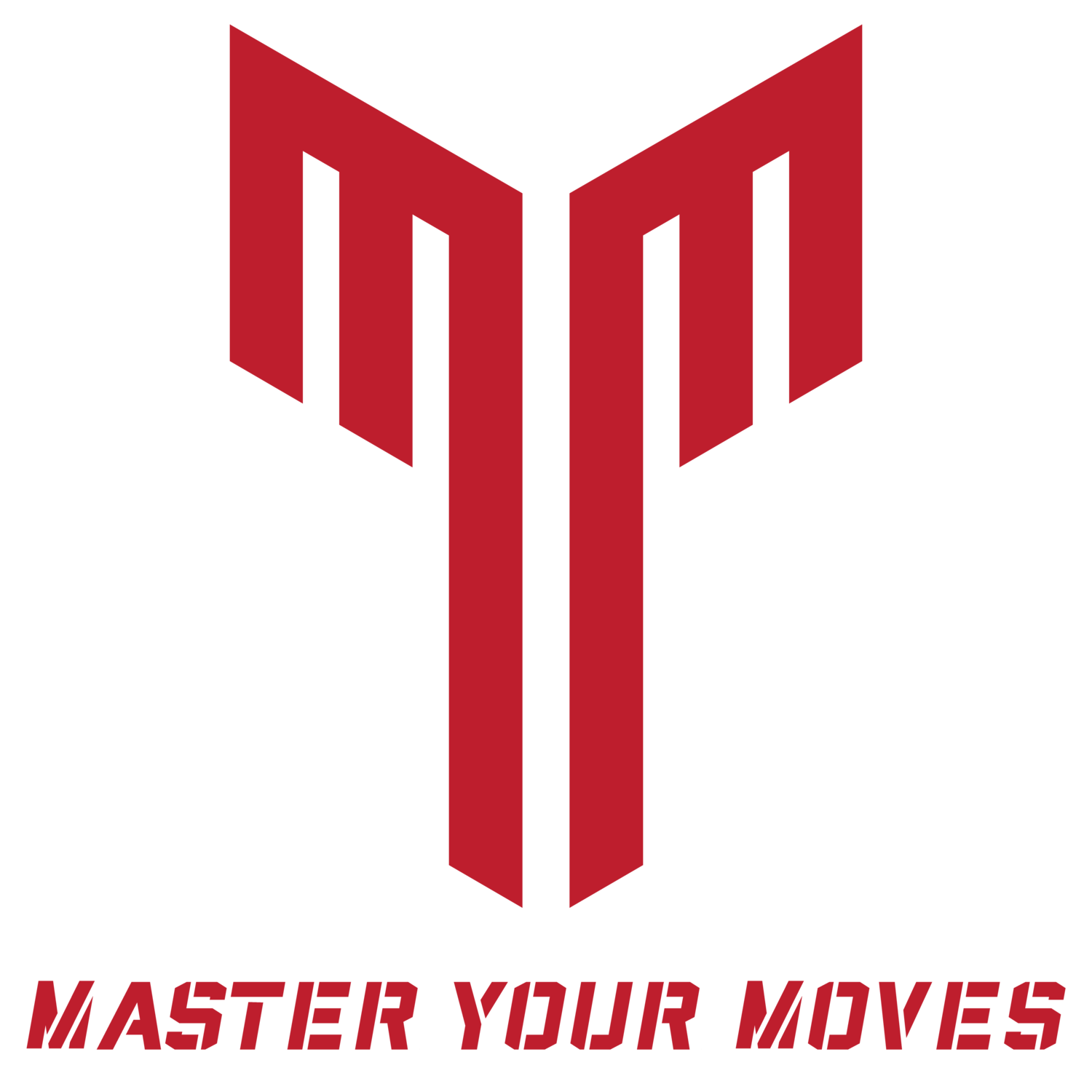5 Tips to Listen Like a Master
Most people learn by watching how something is done or being told how something is done. Although listening is a natural thing all of us who hear can do, there are ways to listen better for the purposes of learning. Below are some useful hacks you can start doing the next time you are listening.
Generate interest to sustain engagement. It’s always easier to learn something when you’re interested or engaged in it. So, what do you do when you’re listening to something that is not interesting or engaging? You fake it! Find something in the presentation that makes you interested in the topic and convince yourself that it is vitally important. Being interested will keep you focused.
Note the different parts of the presentation. Listen for the general structure of the presentation as if it were an essay. As you listen, look for what is the main idea of the presentation. Note the different parts of information that make up the body. And note for how they wrap up; is it a summary of all the main points? Is it the overall main idea?
Pay extra attention to vocal clues such as signals, pauses, postural, and visual.
Examples of signals include: Numbers (“First of all…”), Supporting materials (“As an example…”), Conflicting materials (“On the other hand…”), Summary (“In conclusion…”).
Pauses are usually indicators that something important was said or about to be said.
Examples of postural clues are when the instructor adjusts from one side of the room to the next or walks across a stage or shows another angle.
Examples of visual clues are any pieces of information the instructor puts on a black or white board as they speak or on prepared materials the instructor brings to the lecture.
Count the steps of a technique.
As I note here, within the context of movement disciplines, it helps to see a move demonstrated at least 3 times.
The first time you listen watch, just count the moves.
The second time you listen and watch, link each counted move to a general idea of what to do in that moment.
The third time you listen and watch, reinforce the link by counting and noting what to do with each count.
If the instructor only shows it once, ask to see it done 2 more times.
Do not critique the teacher til the end (if you must). I don’t mean publicly, I mean internally. From the moment the teacher starts, quiet that inner critic that wants to mock how they talk or what they say? Why? Because the criticism will make you subconsciously dismiss the teacher before you got to learn. Instead, just embrace the teacher and their style for the time being. Critique them afterward, if you’d like but in the meantime, you probably learned something new.
Before you can take notes or perform a technique, you will have to hear how it’s done first. Use these helpful tips to ensure you’re learning in the strongest way possible from the moment the instructor starts speaking.
*******
These tips are part of the Master Your Moves (MYM) Method, a system of learning based on neuroscience, sports psychology, and practical experience to help you be the best performer in martial arts. Designed for beginners and applicable to all martial arts from Boxing, Brazilian Jiu Jitsu, Judo, Muay Thai, MMA, Karate, Taekwondo, Jeet Kune Do, Wrestling, and more! To learn more about the MYM Method, go here. To get the latest news and updates on MYM content, products, and events, subscribe here. Get these useful tips and spread the word.
Follow / Like / Subscribe: Twitter * Instagram * Facebook * YouTube * Reddit

